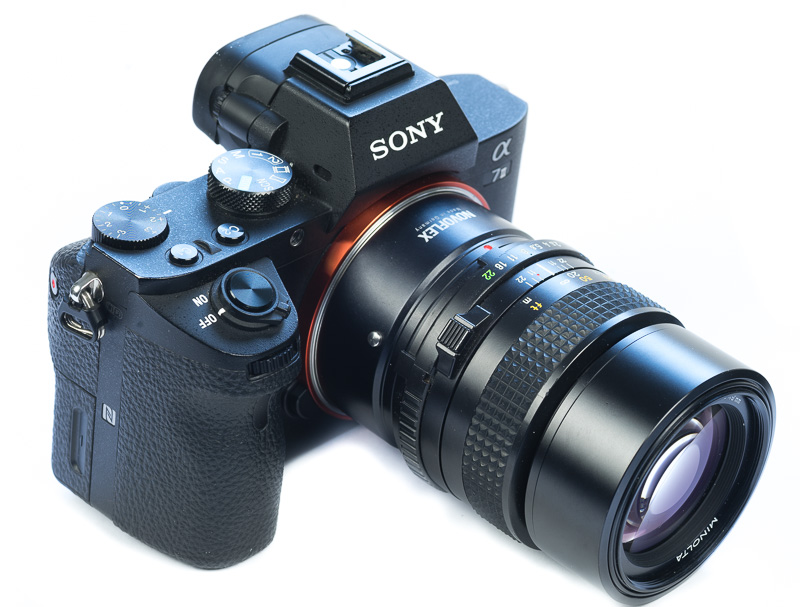
Many of Minolta’s MC and MD lenses can be used with great results on digital cameras. All you need is the right adapter for your camera and this article will help you to find it.
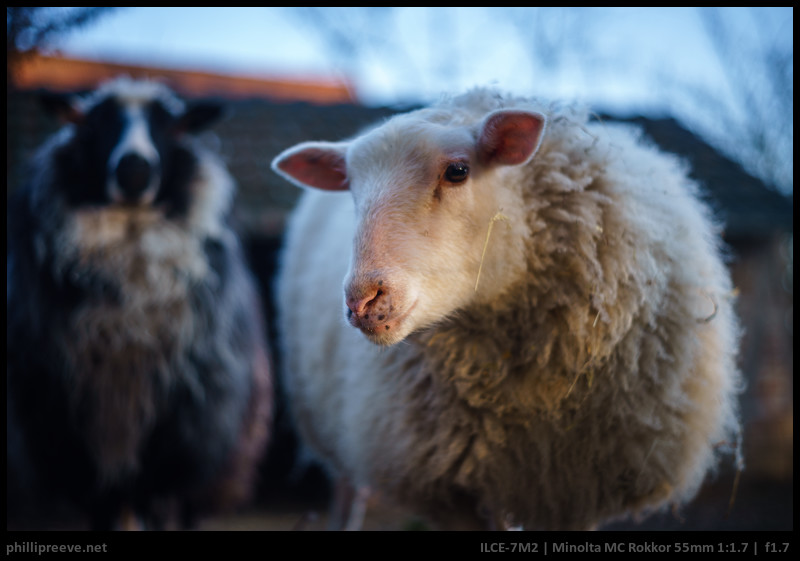
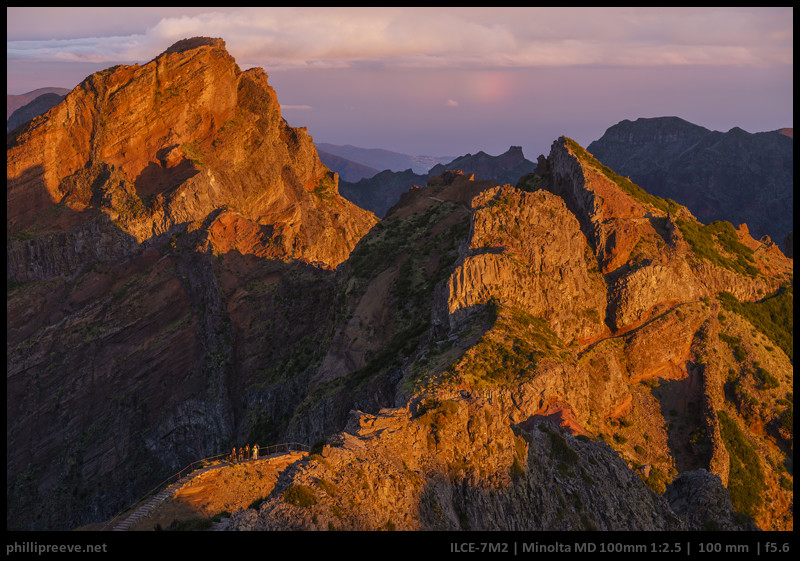
Continue reading The Guide to Adapters for Minolta MC and MD lenses

Many of Minolta’s MC and MD lenses can be used with great results on digital cameras. All you need is the right adapter for your camera and this article will help you to find it.


Continue reading The Guide to Adapters for Minolta MC and MD lenses
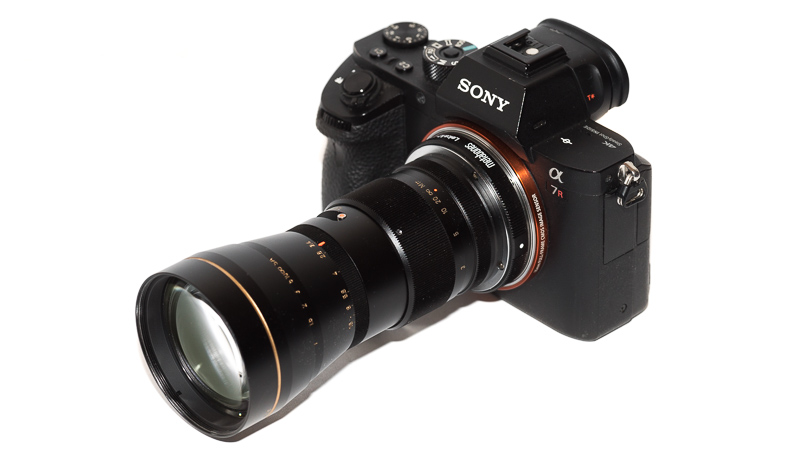
The Aporis 135mm 2.4 is the latest and also longest lens made by MS-Optics, a one-man-lens manufacturer. It even features one of Canon’s famous CaF2 Fluorit glass elements, which is mostly used in their great super tele lenses for minimizing color aberrations. Does it help to actually combine fast maximum aperture, small size and good image quality?

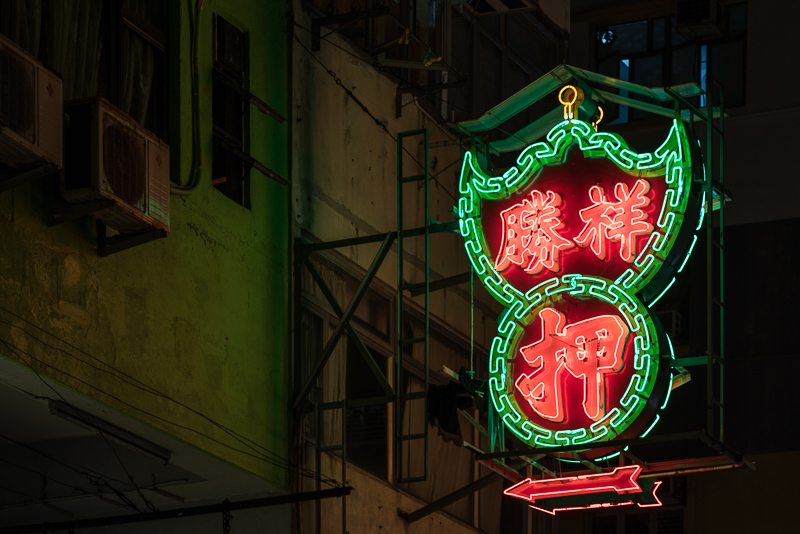
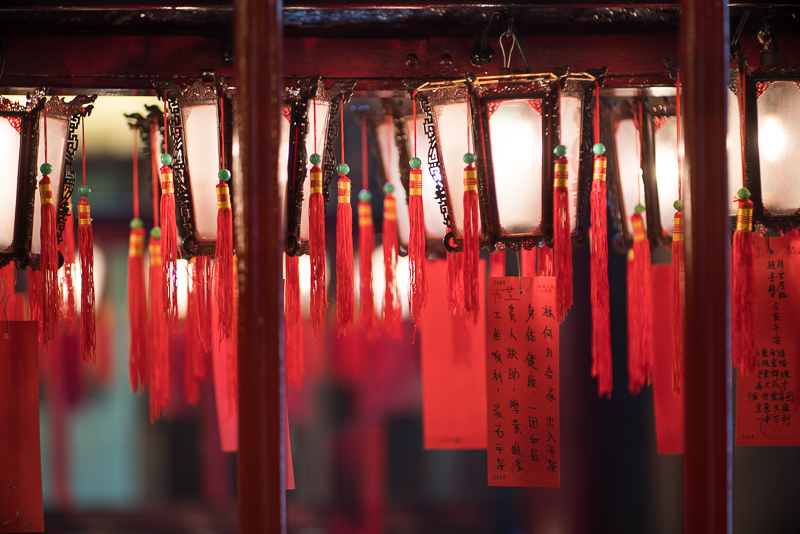
Continue reading Review: MS-Optics Aporis 135mm 2.4 Fluorit MC
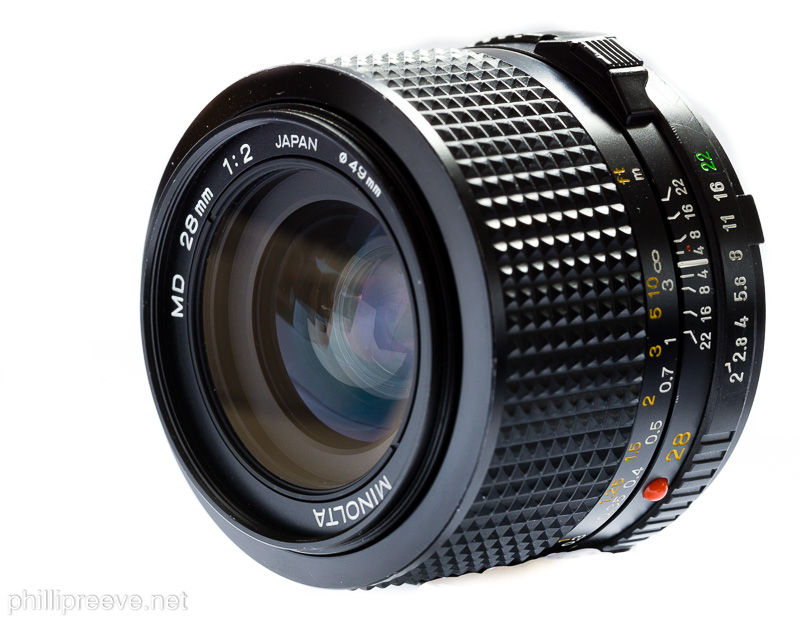
Released in 1981 the Minolta MD 28mm 1:2 is Minoltas joungest manual 28 mm lens. In this review I test it on the a7II to see how relevant it is today.
| Diameter | 64 mm |
| Length | 50 mm |
| Filter Thread | 49 mm |
| Weight | 265 g |
| Max. Magnification | 1:8 |
| Close Focusing Distance from the sensor | 0.3 m |
| Number of aperture blades | 6 |
| Elements/ Groups | 9/9 |
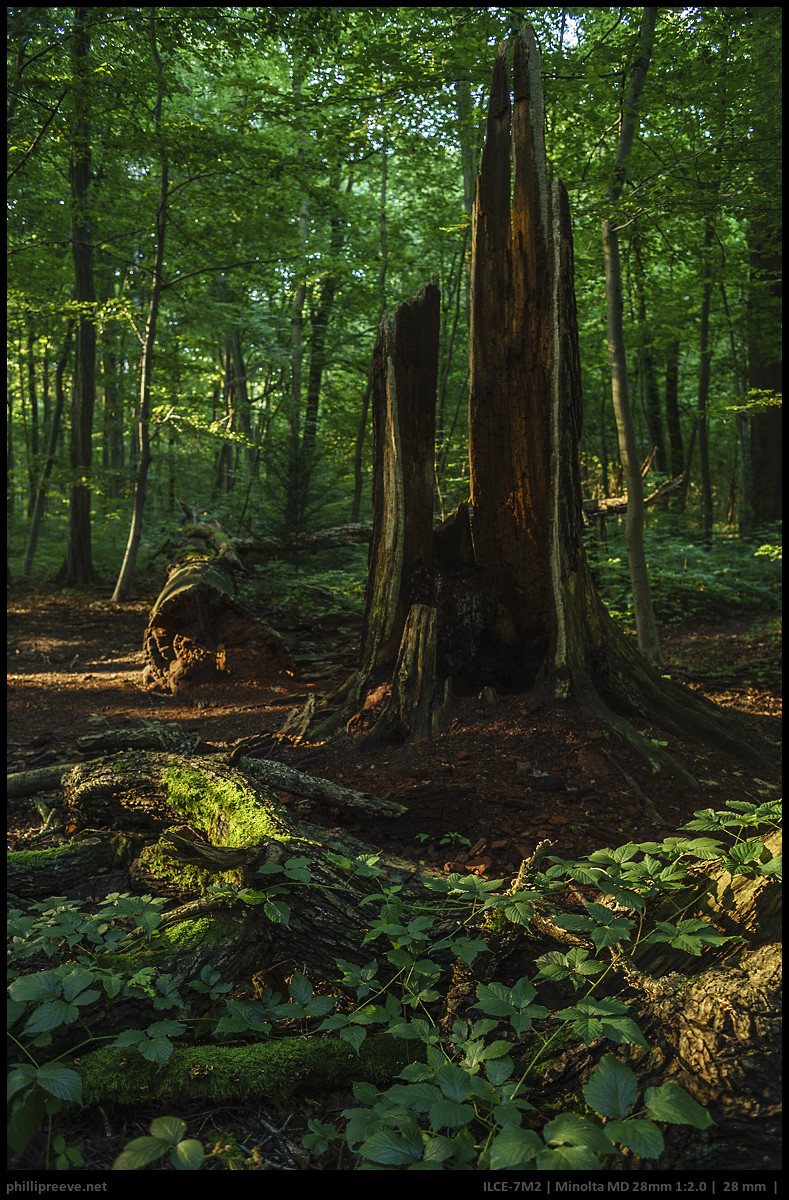
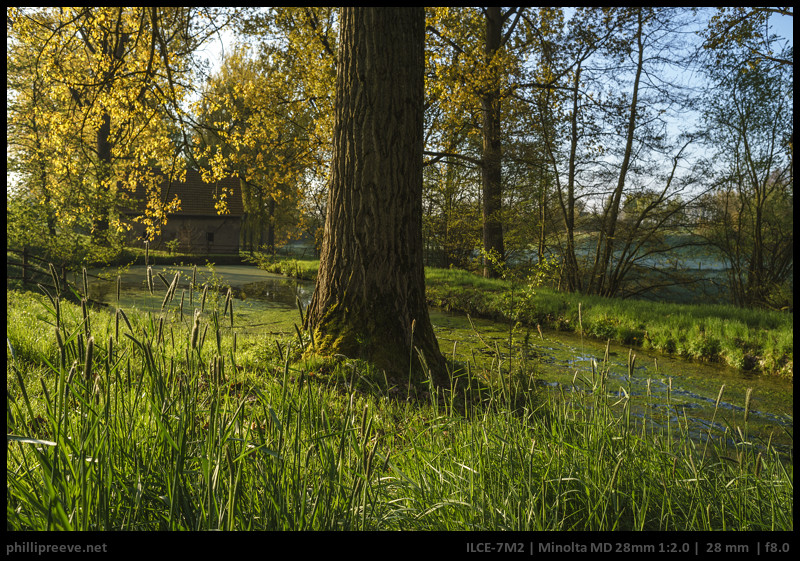
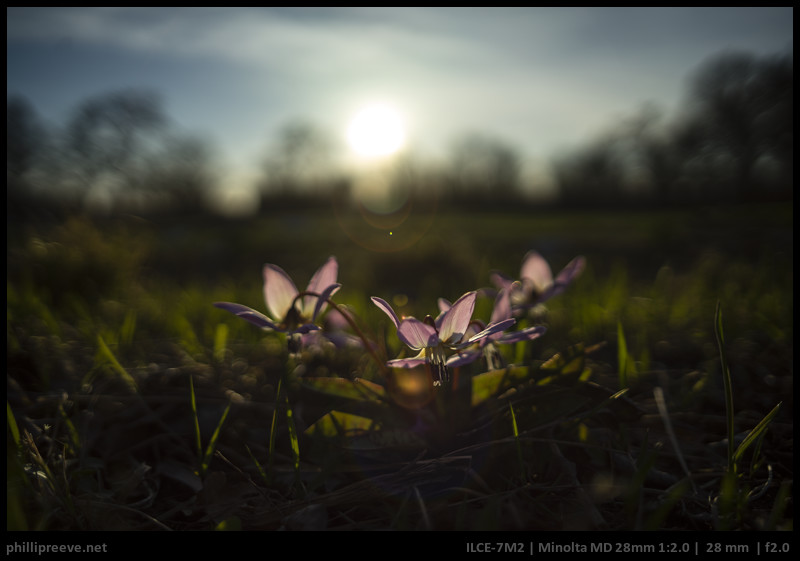
You can find most of the images in this review and more in full resolution in this Minolta MD 2/28 flickr set.
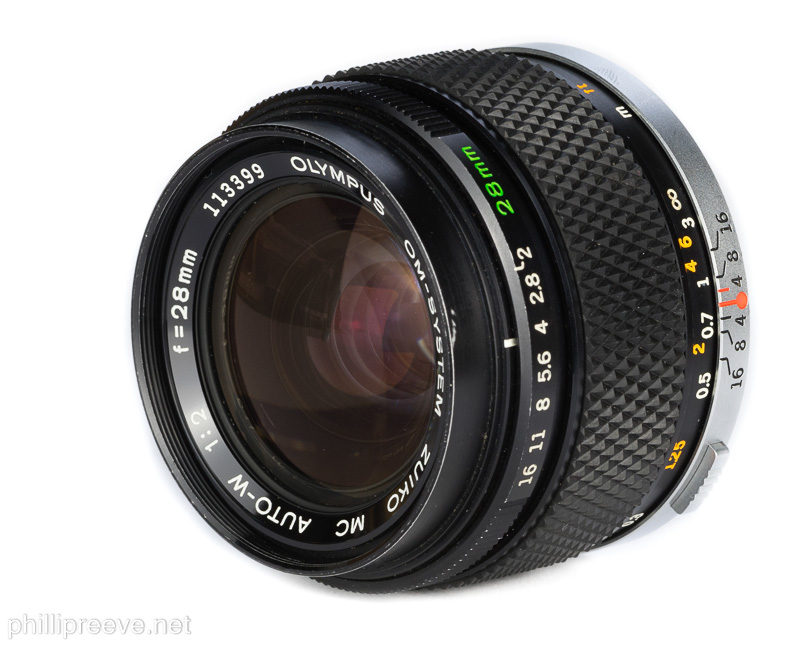 The Olympus OM 2/28 is the smallest manual 2/28 mm lens you can buy and in this in-depth review on the Sony a7II I check if it is still relevant in 2017.
The Olympus OM 2/28 is the smallest manual 2/28 mm lens you can buy and in this in-depth review on the Sony a7II I check if it is still relevant in 2017.
You can find these images in full resolution in this Olympus OM 2/28 flickr set.
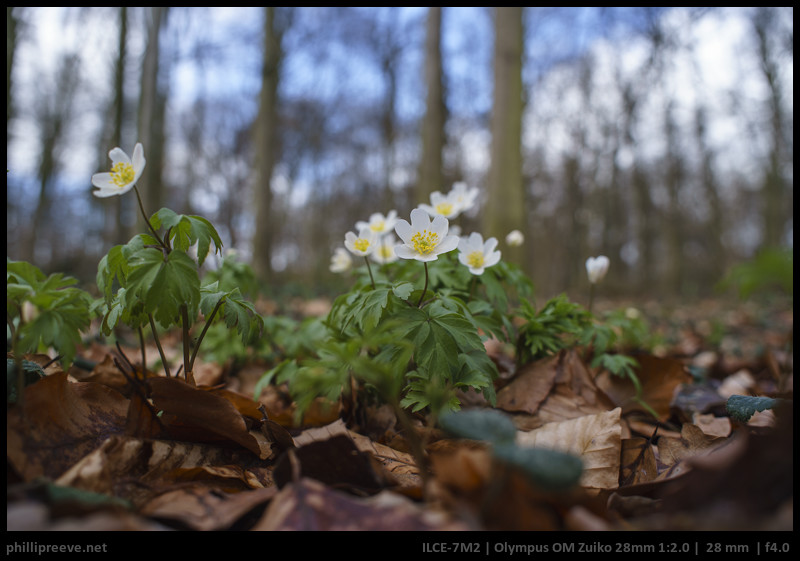
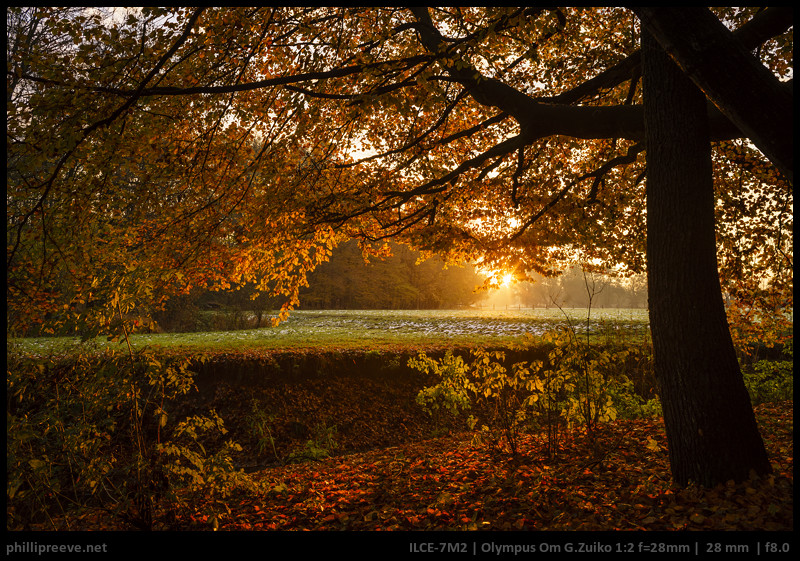
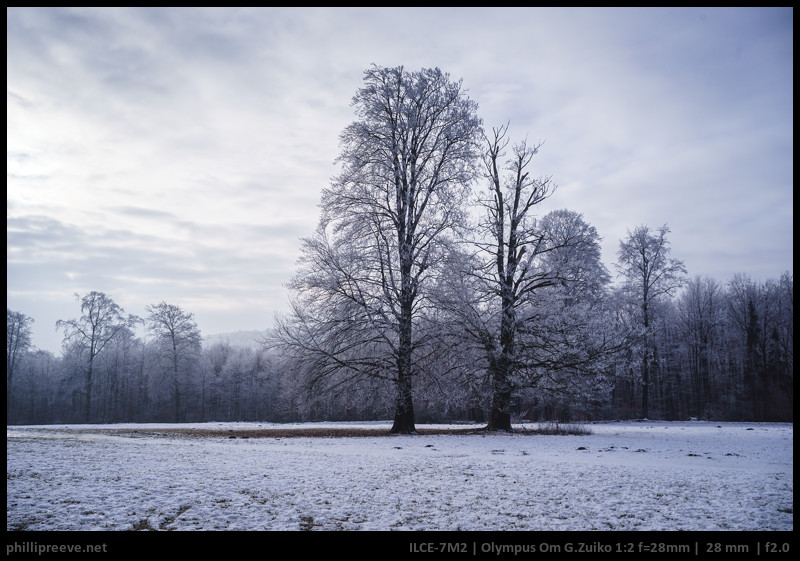

PR: Dear Mr. Li, let me thank you for this opportunity to ask you some questions about your work and the process of designing a lens.
But first we would like to learn a bit more about you. Can you tell us a little bit about your background and your position at Laowa?
Continue reading The Man behind the Lens: Dayong Li (Laowa 15mm 2.0 Zero-D FE)